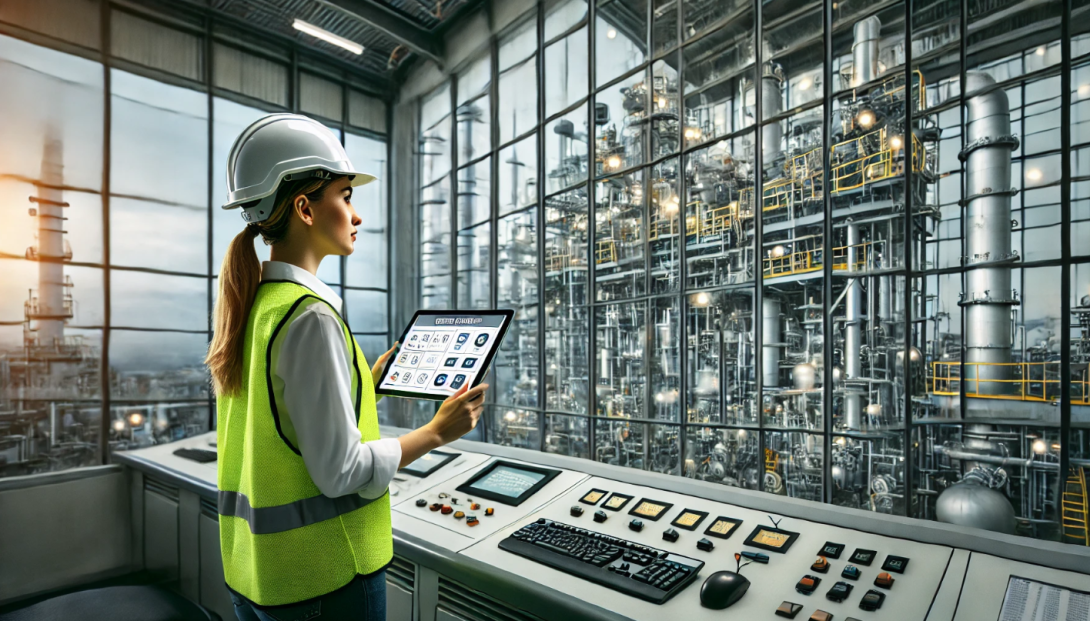Ask Ron Besuijen

We ask Ron:
What unique challenges do the different types of procedures present when building a training program?
Ron's Response:
Often times this distinction is not highlighted as each type of procedure presents unique challenges. Yes, there are at least 4 main types of procedures which are common to most operations.
Procedures can be separated into four groups, Startup, Controlled Shutdowns, emergency procedures, and routine duties.
Startups – Startup procedures are a challenge to write. They are a combination of events that must happen sequentially (i.e. compressor or convertor startups) and events that happen consecutively (several systems brought online simultaneously). The sequential steps are usually associated with safety logic and must be followed very closely. The consecutive steps are much more fluid and dynamic and may be slightly different for each startup. Therefore, training for this type of procedure involves some memorization and it also requires the development of a solid process mental model that will allow the operators navigate a very dynamic situation. Simulators are the best tool I know of to train operations for both approaches.
Controlled Shutdowns – These procedures can be straight forward to train for as a series of known steps can be followed to safely isolate and secure the process. The feed can be gradually reduced while production is removed. Flaring can be minimized if strategies are developed, and operations are trained on them.
Emergency procedures - These situations can include power failures, instrument air loss, the loss of any equipment that requires the shutdown of the whole process, feed losses, responses to off-specification events or even large rate reductions. Correct responses from operations can minimize the amount of flaring, prevent equipment damage and provide rapid isolation of leaks. Shutdowns can result in sudden temperature and pressure changes. Exceeding the design of exchanger differential temperature limitations can result in head leaks or tube failures. Depressurizing equipment can result in auto-refrigeration in certain processes and possible catastrophic failure of vessels. Training is critical for these events to prevent equipment damage and loss of life.
Routine duties – These can include taking equipment out of service for maintenance i.e. pumps, exchangers, control valves, transmitters. Training operations to manage these tasks will prevent process upsets and ensure the equipment is safe for maintenance to work on. The procedure will include the process steps to remove the equipment from service, the hazards of the residual chemicals that may be present and how to safely remove them. Also, the testing required to ensure the equipment has been properly prepared and what isolation is required.
Regardless of the type of procedure, the training will have to include memorization, as well as the development of mental models and tacit knowledge. A procedure will never be able to cover every eventuality. Even for procedures that are very repeatable the operator should understand the reason for every step and understand how every step will impact the process. Without this they may blindly continue even when there is a catastrophe developing. Simulation is an excellent tool to develop and ensure our operators are prepared.
